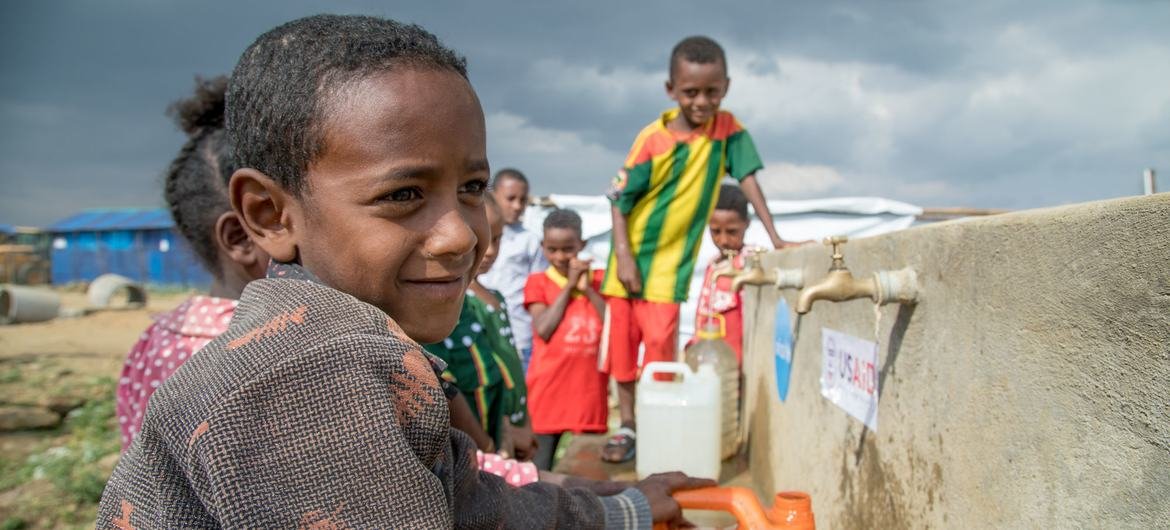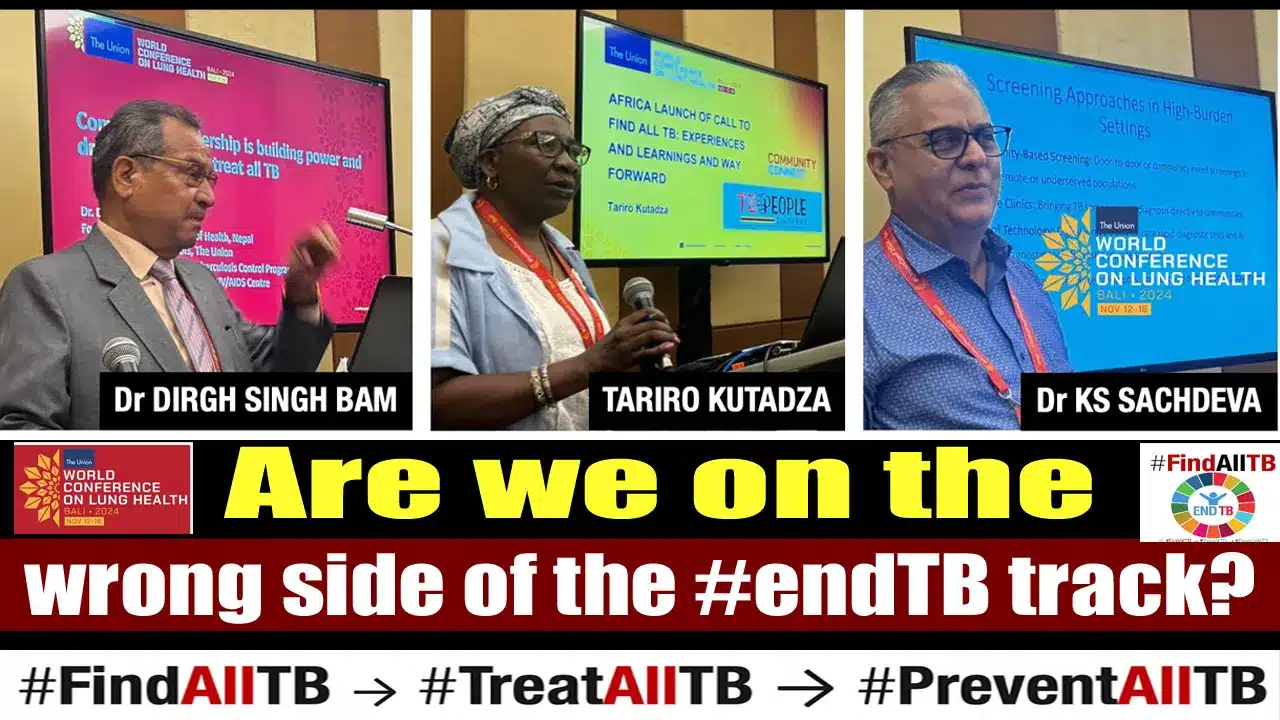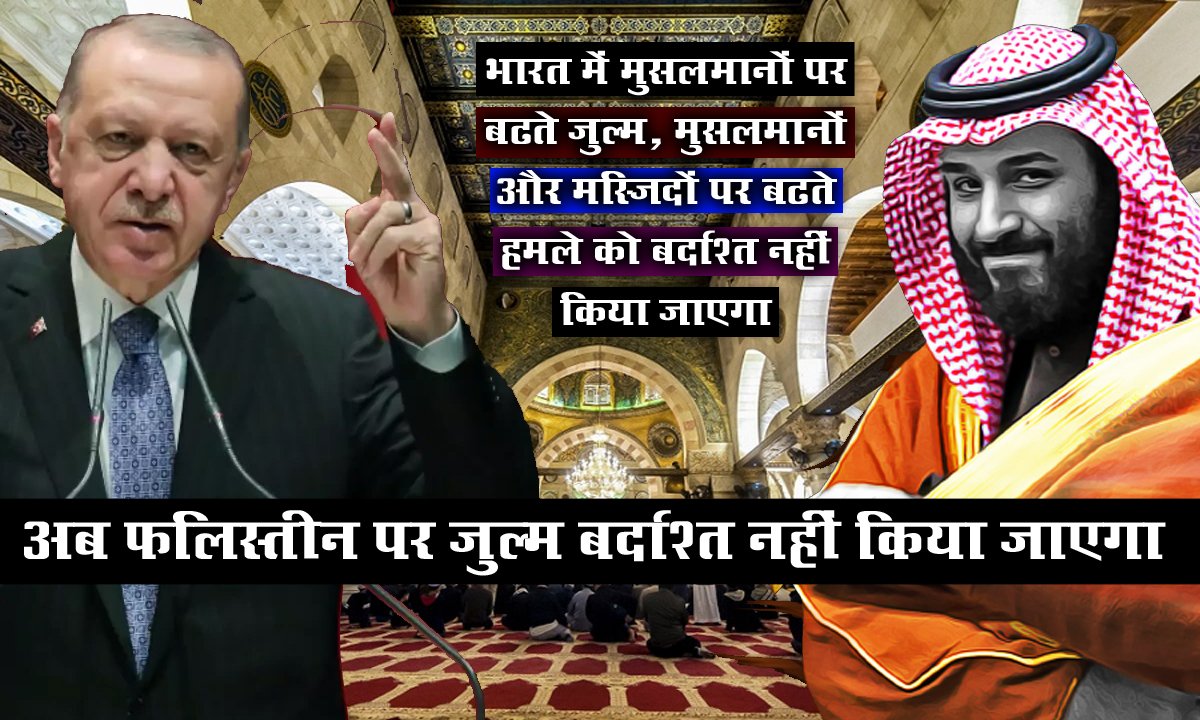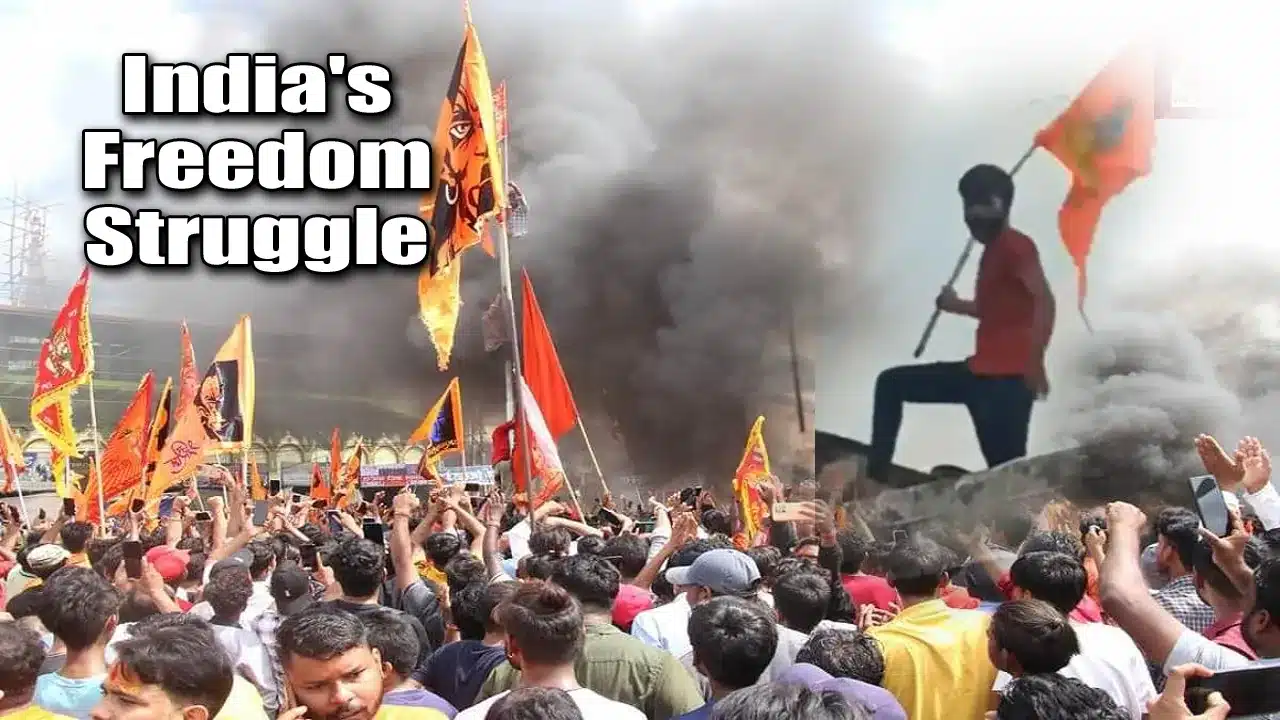Serious Consequences of the Conflict That Erupted in Tigray in November 2020

Today we will know in detail from the serious consequences of the conflict in tigray in November 2020 to today’s situation. This comprehensive article covers the impact of conflict on civilians, regional stability, humanitarian crises, and international relations.
In November 2020, the Tigray conflict erupted in the northern region of Ethiopia, resulting in dire consequences for the people, the nation, and the international community. The conflict arose from political tensions and escalated into a full-scale armed confrontation, leading to severe repercussions that continue to reverberate. This article delves into the multifaceted ramifications of the conflict and its significant impact on various aspects of life and geopolitics. From human rights violations to humanitarian crises, regional stability to global relations, we explore the serious consequences of the conflict that erupted in Tigray in November 2020.
Serious Consequences for Civilians
The conflict in Tigray has had devastating effects on civilians caught in the crossfire. Many innocent lives have been lost, families displaced, and communities torn apart. Civilian infrastructure, including homes, schools, and hospitals, has been targeted, leaving people without essential services. The violence and fear have caused long-lasting trauma on individuals, especially children, who have been exposed to unimaginable horrors. Despite efforts to protect civilians, the conflict’s intensity has made it challenging to ensure their safety and well-being.
Escalation of Humanitarian Crisis
The Tigray conflict triggered a severe humanitarian crisis, with millions of people facing acute food and medical shortages. The fighting disrupted agricultural activities and supply chains, leading to food insecurity and malnutrition. Humanitarian organizations have struggled to reach those in need due to the conflict’s intensity and restricted access. This crisis has pushed vulnerable populations to the brink of survival, requiring urgent and sustained humanitarian assistance to prevent a catastrophe.
Regional Stability Under Threat
The escalation of the Tigray conflict has had far-reaching implications for regional stability in the Horn of Africa. Ethiopia, as a key player in the region, plays a crucial role in maintaining peace and security. However, the conflict has strained relations between Ethiopia and its neighboring countries, leading to concerns about potential spillover effects. The instability in Tigray has the potential to exacerbate existing tensions and conflicts in neighboring regions, posing significant challenges to peacekeeping and diplomatic efforts.
Impact on International Relations
The conflict in Tigray has also had implications for international relations. Various countries and international organizations have responded with concern and condemnation, demanding an end to the violence and seeking ways to mediate and find a peaceful resolution. Diplomatic efforts have been underway to address the conflict’s root causes and foster dialogue between the involved parties. The crisis has highlighted the interconnectedness of global security and underscored the need for collaborative efforts in resolving conflicts.
Economic Fallout and Development Setback
The conflict in Tigray has disrupted economic activities in the region and beyond. Ethiopia’s economy, which was once one of the fastest-growing in Africa, has been severely impacted. The destruction of infrastructure, disruption of trade, and loss of investment have led to economic downturns and setbacks. The diversion of resources to address the conflict has also affected development programs and initiatives, hindering progress in education, healthcare, and poverty reduction.
Environmental Consequences
Amidst the chaos of conflict, environmental concerns have often been overlooked. However, the Tigray conflict has had unintended consequences on the environment. Deforestation, soil degradation, and pollution have escalated due to the displacement of people and the need for resources. The destruction of natural habitats and agricultural land has further exacerbated the region’s vulnerability to climate change and its associated challenges.
K9 FBI Police Deputy Chief Badge Dog Tag-Custom …..
Strain on Peacekeeping Operations
The Tigray conflict has placed a significant strain on peacekeeping operations in the region. International peacekeepers have faced challenges in gaining access to conflict zones and ensuring the safety of civilians. The complex nature of the conflict, with multiple parties involved, has made it difficult to implement effective peacekeeping strategies. The situation calls for innovative and adaptable approaches to address the evolving dynamics of the conflict.
Displacement and Refugee Crisis
The conflict has triggered a massive displacement of people within Tigray and beyond its borders. Many have sought refuge in neighboring countries, overwhelming existing resources and creating a regional refugee crisis. The displaced populations face challenges in accessing basic necessities and protection, leading to a dire humanitarian situation. The international community has rallied to provide assistance, but the scale of the crisis continues to present immense challenges.
Women and Children at Risk
During times of conflict, women and children often face heightened risks of violence, exploitation, and abuse. The Tigray conflict is no exception, and women and children have been disproportionately affected. Sexual violence and forced recruitment of child soldiers are among the grave violations of human rights reported during the conflict. Efforts to protect vulnerable populations, particularly women and children, are crucial to mitigating the long-term consequences of the conflict.
Media and Information Challenges
The Tigray conflict has also shed light on the challenges of accessing reliable information in conflict zones. Media restrictions and communication disruptions have made it difficult for accurate reporting on the ground. Misinformation and propaganda have further complicated the understanding of the conflict’s realities and hindered international responses. Access to factual and unbiased information is essential to crafting effective strategies for peace and humanitarian aid.
Impact on Education and Future Generations
The conflict has severely disrupted education in Tigray, affecting millions of children and young adults. Schools have been damaged, and teachers and students have been displaced, leading to a significant interruption in learning. The loss of education opportunities for an entire generation could have long-term consequences on the region’s development and stability. Efforts to restore and prioritize education are crucial to nurturing the potential of future generations.
Tigray Massacre in Ethiopia: Unveiling the Atrocities – was made Compelled and oppressed
Atrocities, persecution, genocide on Tigray tribe in Ethiopia continues even today
Health Crisis and Disease Outbreaks
The Tigray conflict has also led to health crises, with limited access to medical care and disrupted healthcare services. Disease outbreaks, such as cholera, have been reported in some areas due to compromised sanitation and limited resources. The combination of conflict-related injuries and health challenges has strained the healthcare system and created additional burdens on humanitarian aid providers.
Efforts Towards Peace and Reconciliation
Despite the numerous challenges, there have been concerted efforts to find a peaceful resolution to the conflict. International organizations, regional bodies, and concerned countries have engaged in mediation and dialogue initiatives. These efforts aim to address the root causes of the conflict, promote inclusivity, and foster reconciliation among the parties involved. The road to peace may be long and arduous, but the commitment to finding a sustainable solution remains steadfast.
International Aid and Support
The Tigray conflict has prompted an outpouring of international aid and support to address the humanitarian crisis. Humanitarian organizations and governments worldwide have contributed resources and assistance to alleviate suffering and provide essential services to affected populations. The international community’s response exemplifies the importance of global solidarity in times of crisis.
Addressing the Root Causes
For sustainable peace and stability, addressing the root causes of the conflict is paramount. This includes addressing political grievances, socioeconomic disparities, and historical tensions. Long-term solutions will require a comprehensive approach that involves all stakeholders, including grassroots organizations and community leaders.
The Role of Civil Society
Civil society plays a vital role in peacebuilding and reconciliation efforts. Local organizations and community leaders can bridge gaps, foster understanding, and promote dialogue at the grassroots level. Empowering civil society actors is essential to building a foundation for lasting peace and stability in the region.
Future Prospects for Tigray
The conflict has cast a shadow of uncertainty on Tigray’s future prospects. Rebuilding the region’s infrastructure, economy, and social fabric will require sustained efforts and collaboration. However, with the resilience and determination of its people, there is hope for a brighter future where peace and prosperity prevail.
What Caused the Conflict in Tigray?
The conflict in Tigray was sparked by political tensions between the Tigray People’s Liberation Front (TPLF) and the Ethiopian federal government. The TPLF held regional elections in September 2020, which the federal government deemed illegal, leading to escalating tensions and eventual armed confrontation.
How Many People Have Been Displaced Due to the Conflict?
The United Nations estimates that over two million people have been internally displaced due to the Tigray conflict, and tens of thousands have sought refuge in neighboring Sudan.
What Is the International Community Doing to Address the Crisis?
The international community has been actively engaged in efforts to address the Tigray crisis. Diplomatic initiatives, humanitarian aid, and calls for a ceasefire have been key components of the international response.
How Can I Support Relief Efforts in Tigray?
If you wish to support relief efforts in Tigray, consider donating to reputable humanitarian organizations that are providing aid and assistance to those affected by the conflict.
Is There Hope for Peace in Tigray?
While the road to peace may be challenging, there is hope for a peaceful resolution to the conflict. Diplomatic efforts, mediation, and international support are crucial factors in achieving lasting peace in the region.
How Can Civil Society Contribute to Peacebuilding in Tigray?
Civil society can play a pivotal role in peacebuilding by fostering dialogue, promoting understanding, and advocating for inclusivity at the local level. Supporting and empowering civil society organizations is vital for sustainable peace.
The serious consequences of the conflict that erupted in Tigray in November 2020 have had far-reaching impacts on civilians, regional stability, international relations, and various aspects of life in the region. The humanitarian crisis, displacement of populations, and disruption of essential services call for urgent and sustained efforts to address the root causes of the conflict and work towards lasting peace and reconciliation. It is through collective action, solidarity, and a commitment to dialogue that the path to a brighter future for Tigray can be forged.






I don’t think the title of your article matches the content lol. Just kidding, mainly because I had some doubts after reading the article.